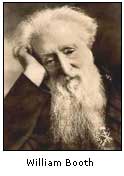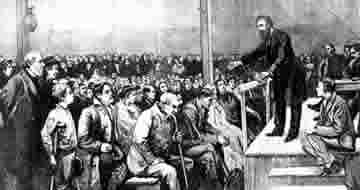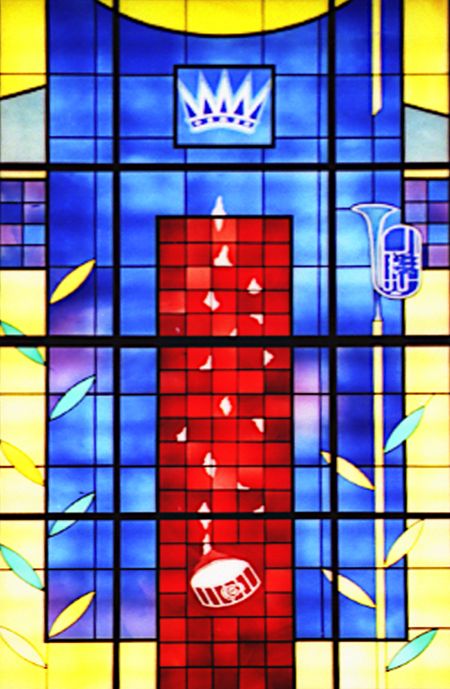Our History
 The Salvation Army began in 1865 when William Booth, a minister in London, England gave up the comfort of his pulpit and decided to take his message into the streets where it would reach the poor, the homeless, the hungry and the destitute.
The Salvation Army began in 1865 when William Booth, a minister in London, England gave up the comfort of his pulpit and decided to take his message into the streets where it would reach the poor, the homeless, the hungry and the destitute.
His original aim was to send converts to established churches of the day, but soon he realized that the poor did not feel comfortable or welcome in the pews of most of the churches and chapels of Victorian England. Regular churchgoers were appalled when these shabbily dressed, unwashed people came to join them in worship. 
Booth decided to found a church especially for them — the East London Christian Mission. The mission grew slowly, but Booth's faith in God remained undiminished.
Today’s Salvation Army has diverse congregations, embracing people of all ages, cultures and demographics. In over 126 nations around the world, we continue to work where the need is greatest, guided by faith in God and love for all people.
For a more in depth presentation of the Salvation Army, visit http://en.wikipedia.org/wiki/Salvation_army . Just don't forget to come back and see how this movement manifests itself in this place!





